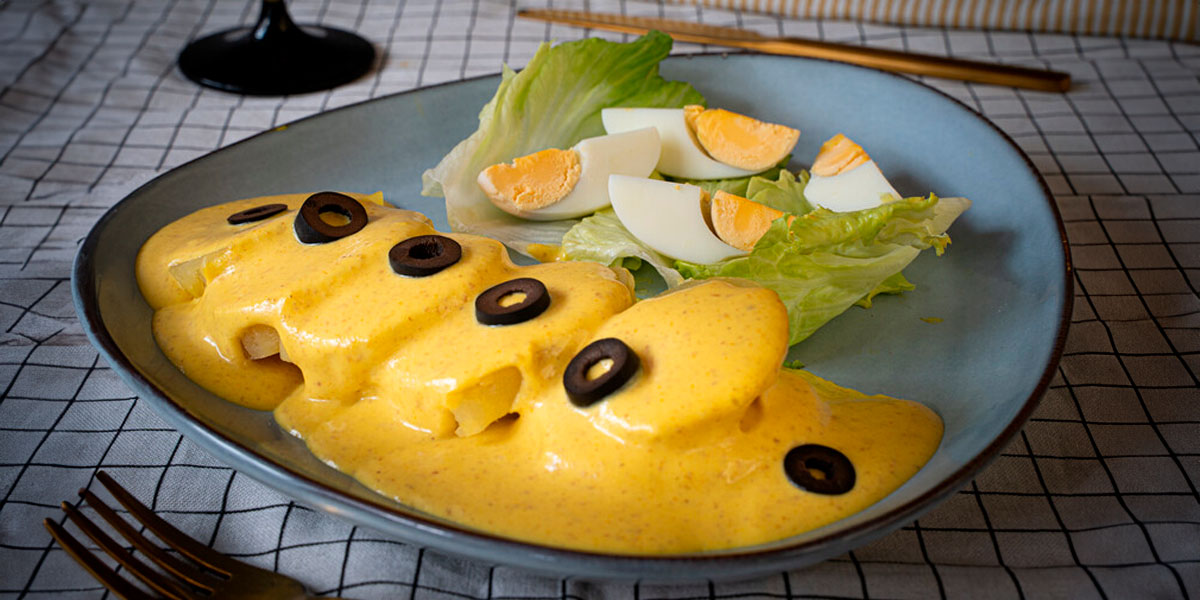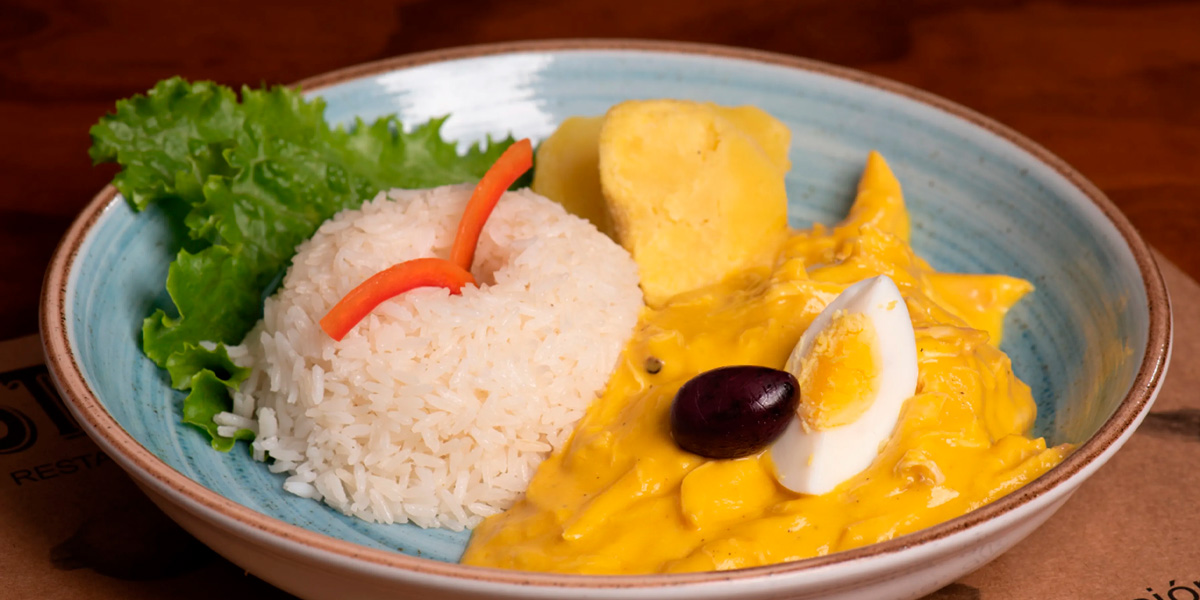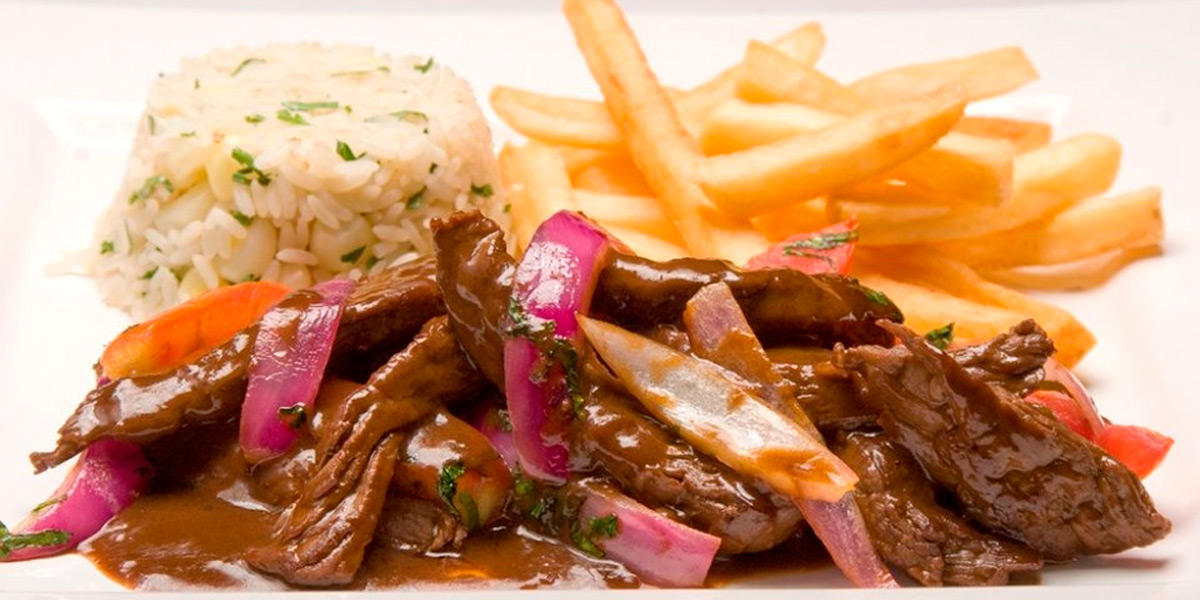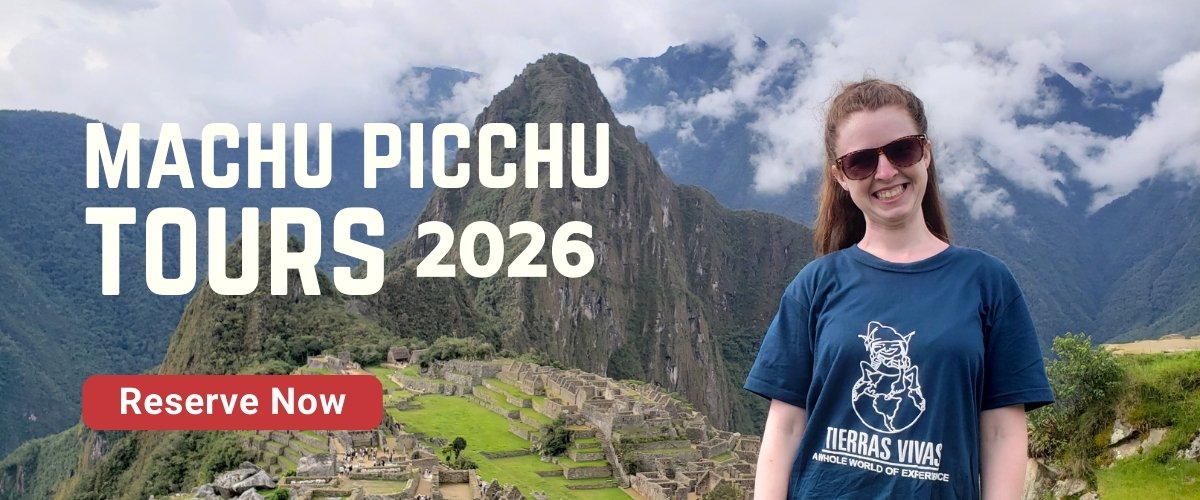With more than 500 years old, the ceviche is undoubtedly the peruvian national dish. It is one of the most representative dishes and is the perfect example of Peruvian pride. The basic raw material for its preparation is ultrafresh fish, which makes it one of the most delicious and popular dishes of our cuisine. Its name originates in the Quechua word 'Siwichi', which translates as 'fresh fish'. It is precisely for this reason that the fish used to prepare it must always be fresh from the day, never frozen.
Although there are more than two hundred ways to prepare it (shrimp ceviche, scallops, corvina, Japanese style, etc.), the standard recipe only has five ingredients: raw fish in pieces (preferably sole), freshly squeezed lemon juice, Red pepper, red onion and salt. Always accompanied by a touch of creativity in its preparation and when presenting it.
It is an entry served cold, accompanied by onion and chili pepper. By not requiring stoves in between, its preparation is simple and has its tricks.

For all tastes
Scholars maintain that the cebiche was born in the pre-Inca Moche culture (100-700 AD), on the north coast of Peru, and then spread to other South American countries.
Over the years, the ceviche has adapted to the demands of the gastronomic boom in Peru and the palates of tourists, so a series of ingredients have been added. Now it can be found in Ceviche restaurants with seafood, beef, mango, avocado and some of it prepared with milk. The peruvian national dish combines very well with a good Peruvian pisco sour. In addition, it provides proteins of high biological value, omega 3 and omega 6 polyunsaturated fatty acids, as well as minerals and vitamins, according to the National Institute of Health.
There is abundant literature on recipes of this peruvian national dish, but the renowned Peruvian chef Gastón Acurio published the book Ceviche Power in which he collects more than 40 recipes from the most renowned cebicheros teachers in Peru. Acurio traveled more than 3,000 kilometers of Peruvian coast and Andean areas in search of the most delicious ceviche. In his book, he goes through the history and secrets of each region and his most representative ceviche.
Other typical plates of Peru
The 'star' products of Peru are the potato; corn, which is of Central American origin was introduced in the country about 6,000 years ago, and chili, with dozens of varieties. They prepare some of the most popular dishes of Peruvian cuisine, including:
-
Huancaina's style potato
Delicious recipe originally from the city of Huancayo, in the center of Peru. It is prepared with cooked potatoes dipped in a sauce made of yellow chili and fresh cheese. This delicious dish, typical of Andean Peruvian cuisine, has already won several awards at recognized international culinary fairs. Its flavor has gone around the world.
-
Chili pepper
It is a very popular dish in Peru. It is prepared with three basic ingredients: chicken, yellow pepper and bread soaked in milk. The result of an excellent fusion of Spanish and Quechua ingredients, ají de gallina has gained popularity in other Latin American countries such as Bolivia and Colombia.
-
Causa Limeña
The yellow potato is the queen of the potatoes, the main ingredient of the cause. It is reduced to mashed and seasoned with yellow pepper, lemon, oil and salt. The fillings are multiple: chicken, tuna, crab and even vegetables, which is why it is the most versatile dish of the Peruvian table.
-
Lomo Saltado
It is an ancient dish fruit of the fusion of Cantonese cuisine with the Peruvian Creole in the mid-nineteenth century. It is made with juicy pieces of loin and sauteed with red onion, tomato and yellow pepper; seasoned with cilantro, soy sauce and a touch of vinegar. It can be found in any restaurant in Peru, since it is a very popular recipe in the Andean country.
-
Shrimp Soup
It is one of the emblematic foods of the city of Arequipa, in southern Peru. Its delicious flavor is due to the variety of ingredients properly combined. In its original version it is prepared with concentrated broth made with shrimp coral, tails of the same crustacean, chili, poached egg, yellow potatoes, fresh cheese and milk. All a delicacy.
When is the best time to visit Peru?
The best season is during the dry season, which covers the months April to the end of September. In October the rains begin and you can find Machu Picchu covered by clouds. If you travel in June, we recommend you to book the Inti Raymi 2025 Tour that takes place in June 24th, and also hike the Palcoyo Mountain Tour, which is an incredible Rainbow Mountain located in the Andes.
Peruvian vacation packages
- Deep Peru Discovery
- Peruvian Highlands
- Enigmatic Peru
- The Best of Peru
- Peru Amazon and Lares Trek
- Peru Hike & Amazon
- Peruvian Diversity
- Peru - Full of Adventures
Most Famous Tours in Peru
Many are the routes that take you to Machu Picchu, but none is like the Inca Trail Tours, the most famous pedestrian path in the Americas. After flying from the capital of Perú, Lima, you will arrive in Cusco to walk for four days along a path through forests and dense fog, millenary stone steps and discovering the ruins of ancient fortifications and Inca cities, and all the time enjoying majestic views.
- Salkantay Trek
- 5 Day Inca Trail
- Inca Quarry Trail 4 Days
- 2 Day Inca Trail Tour
- 2 Day Inca Trail with Camping
- 3 Day Inca Trail
- Vilcabamba Hike to Machu Picchu 6 days
- Choquequirao trek to Machu Picchu 9 days
- Ausangate trek 7 days
If you want to visit Machu Picchu, we recommend you to book your Machu Picchu Ticket in advance, so you will enjoy your Vacation in Machu Picchu without any problem.








